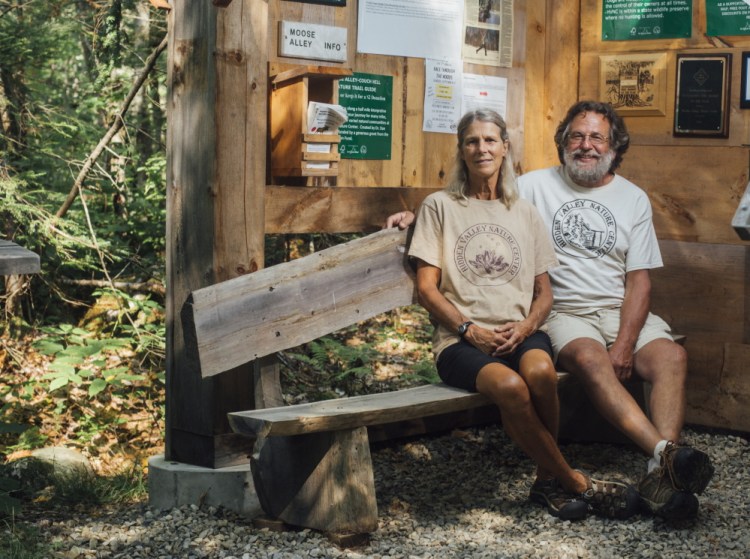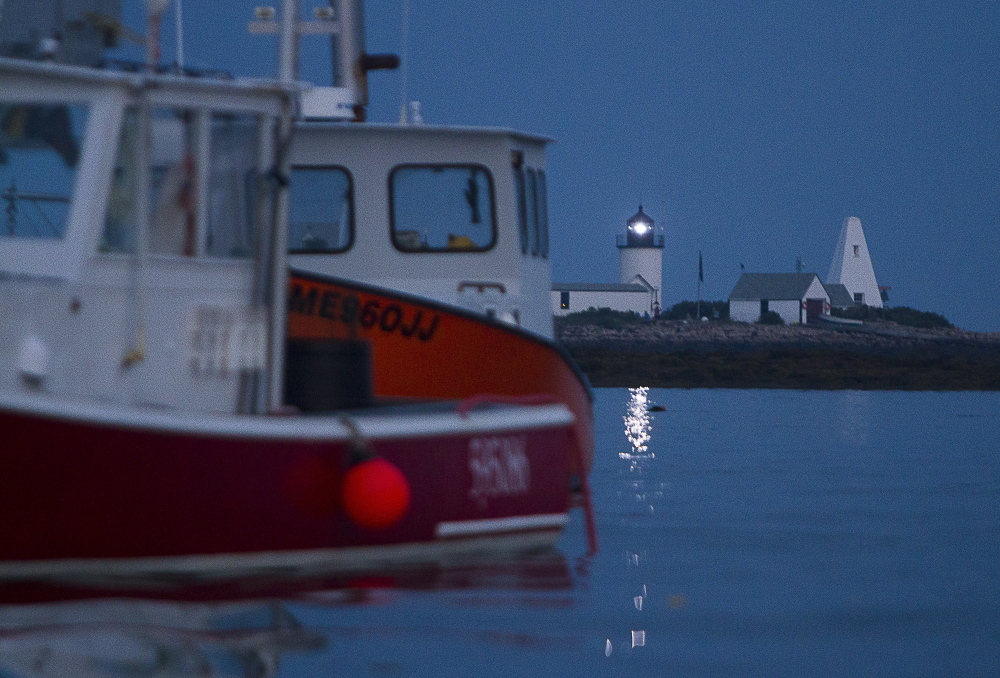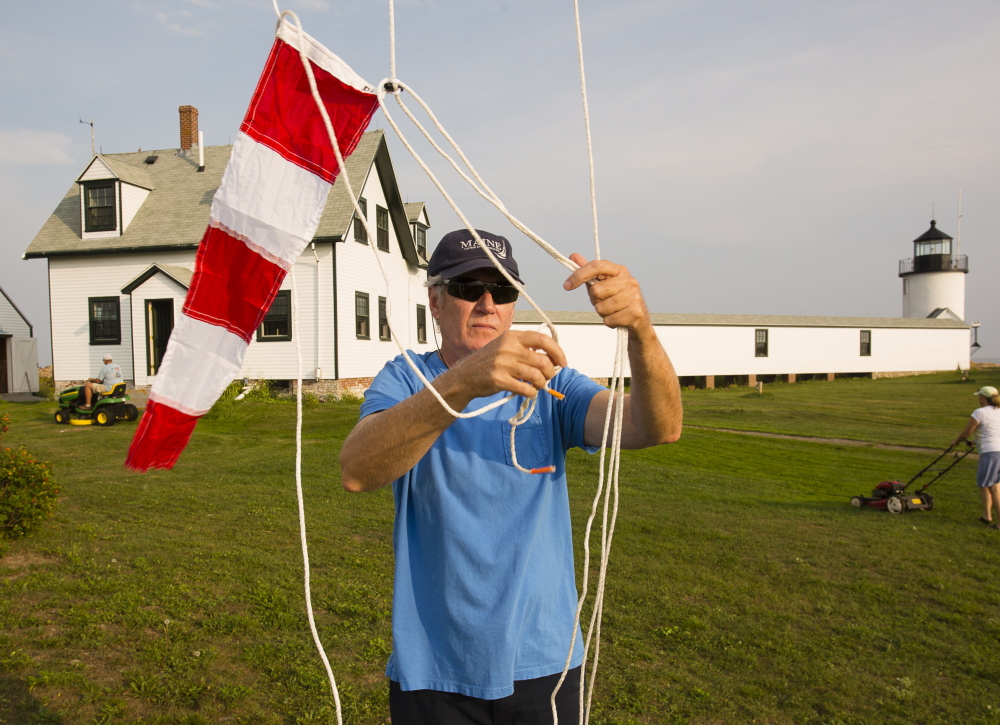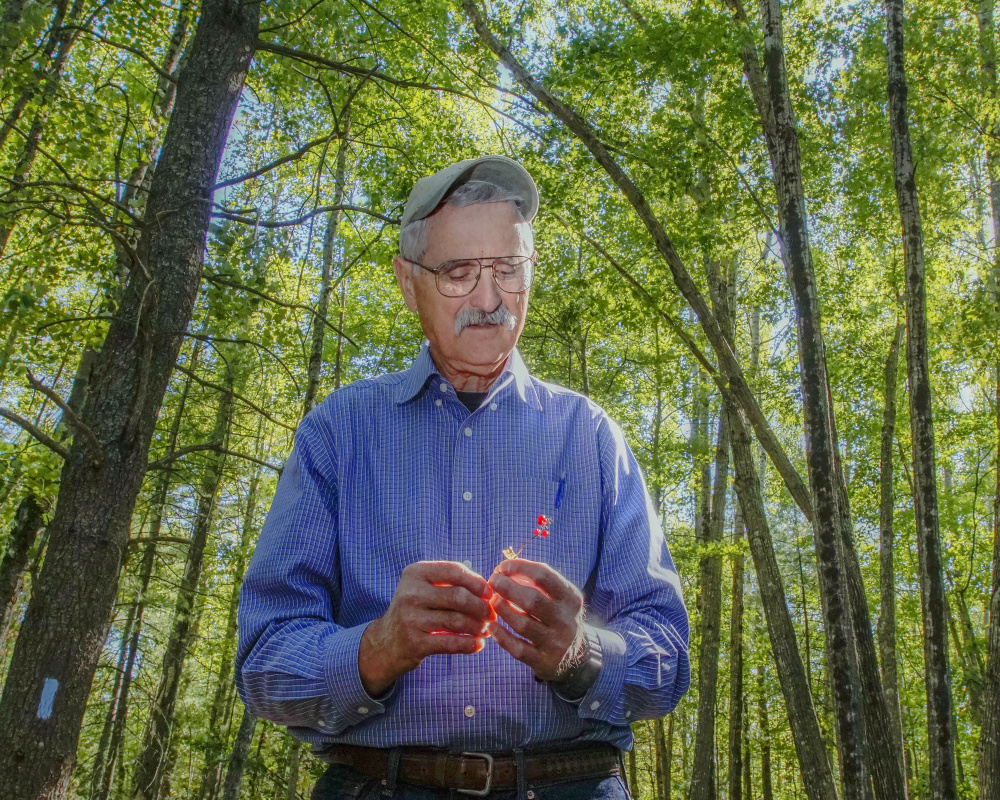Gov. Paul LePage drew the ire of lawmakers and outdoor enthusiasts this year by withholding voter-approved bonds targeted for the Land for Maine’s Future program – a controversy that overshadowed other news regarding conservation efforts.
However, 2015 was a notable year for land protection in Maine. This fall, four conservation groups along the Midcoast joined forces in the first large-scale merger of its kind in the Northeast. The resulting Midcoast Conservancy is a rare kind of partnership, according to Kevin Case at the Land Trust Alliance in Washington, D.C. The four groups will work as one to protect land in a vast geographic area stretching from Belfast down the coast to Pemaquid.
Case called the merger a “national model.” The Midcoast Conservancy’s mission is to support and promote healthy lands, waters, wildlife and people, through conservation, education and recreation.
Serving much of Waldo and Lincoln counties, it will provide more than 60 miles of publicly accessible trails, field trips and programs.
But the merger barely made headlines after LePage withheld bonds earlier this year from Land for Maine’s Future, saying he would only release the bonds if lawmakers supported the use of funds from timber harvesting on state land for a new program to help low-income Mainers heat their homes.
On Dec. 14 LePage finally agreed to sell $5 million in bonds for the program, freeing up money for 30 conservation projects, including 23 involving land trusts. He also said he would sell an additional $6.5 million in bonds that he allowed expire this year if lawmakers reauthorize the bonds early next year.
But the year-long controversy cast a shadow on Maine’s conservation work.
“I don’t think we can count on the governor’s support for public land acquisitions for the rest of his administration,” said Bill Vail, chairman of the Land for Maine’s Future board. “He’s been very clear he doesn’t like it, he doesn’t favor it and he is philosophically opposed to it. He doesn’t believe the state should be assisting in the purchase of private land for public use. The governor’s position is pretty much unprecedented. Previously governors had supported the program enthusiastically.”
LEADING THE WAY
In fact, Maine is special in the amount of public land that is open to recreation, Vail said.
Maine ranked second in the nation in land protected by land trusts with 2,485,000 acres, second only to California, according to 2010 data from the Land Trust Alliance. And Maine has more land trusts per capita – with 90 – than any state.
The Land Trust Alliance defines a land trust as “a nonprofit organization that … actively works to conserve land by undertaking or assisting in land or conservation easement acquisitions, or by its stewardship of such land or easements.”
While Maine has a population of just 1.3 million, the work done here by land trusts ranks among the nation’s conservation success stories, experts say.
“When it comes to land trusts and land conservation, Dirigo really applies. Maine does lead the nation,” said Jay Espy, Maine Coast Heritage Trust’s former longtime president, of the state’s Latin motto that means, “to lead.'”
“Maine is second only to California with (nongovernment organizations) that have protected land,” said Warren Whitney, director of the Maine Land Trust Network. “We’re very proud of that because we started developing land trusts early and we have a lot of people in the state who really love Maine.”
The Maine land trust movement dates to 1843 when Maine Audubon became the state’s first land preservation group. By 1970 there were nine land trusts. And in the 1980s the race for land protection took off with 35 land trusts organizing.
“People just started mobilizing. They didn’t want Maine to look like a different place. What Maine has to protect is what makes Maine special,” Whitney said.
According to the Maine Land Trust Network, the total land protected to date by land trusts in Maine – 2,485,000 – is up from 1.8 million acres five years ago, a jump that astounded Case at the Land Trust Alliance, which oversees 1,100 land trusts nationwide.
“Past surveys have shown the average pace is about 10 million acres nationally over five years. If Maine is doing 800,000 of that, that’s a big, big number,” Case said.
While Maine’s land mass is nearly the size of all the other New England states, Maine has fewer people. By comparison, Massachusetts has a population of 6.7 million and Connecticut 3.6 million.
Yet Maine land trusts employ more people. Sixty-nine percent of the state’s 90 land trusts have paid staff, according to the Land Trust Alliance. By comparison, only 32 percent of Massachusetts’ 155 land trusts and 14 percent of Connecticut’s 136 land trusts have paid staff.
Case said Maine’s land-trust community is remarkably collaborative for a state that covers a vast geographic region.
“Maine gets more people at its state conference than any in the region, if not the nation. They are pushing almost 500 every year,” he said.
WORKING TOGETHER
The Midcoast Conservancy is the latest chapter in Maine’s conservation movement.
Members of the Damariscotta Lake Watershed Association, Hidden Valley Nature Center, the Sheepscot Wellspring Land Alliance and Sheepscot Valley Conservation Association voted separately to become one entity, the last vote passing unanimously on Sept. 20.
“We knew it was good for us. What we’re hearing is that this merged entity will be a good example of the next step for land trusts,” said Jody Jones, executive director of the Damariscotta Lake Watershed Association.
Experts believe by pooling their resources and staff, and working collectively, the groups will conserve more land together than any could alone.
“How can land trusts help make these communities more livable, provide a higher quality of life?” Whitney said. “The trend now is focused on the needs of the community. And land trusts are listening.”
But at the same time the merger was being voted on in September, LePage froze $2 million in Land for Maine’s Future funds that were in an account waiting to be distributed to 30 applicants. A month later he agreed to release the money.
Some said the threat of losing voter-approved conservation funds would erode trust in land trusts.
“What kind of reputation will land trusts have if they can’t deliver when it’s not their fault?” said Espy.
Kennebunkport Conservation Trust executive director Tom Bradbury said LMF funds are often critical in closing land deals.
“It has done some amazing deals over the years, saving priceless parts of our state that will be enjoyed by natives and visitors for generations. It should be allowed to operate as it was intended,” Bradbury said.
However, others see LePage’s political maneuverings as nothing more than a speed bump in the work of Maine’s land-trust community.
“I am very confident that the next governor, whether Republican, Democrat or independent, is going to recognize the importance of land conservation and that the public supports this strongly,” Whitney said.
Jones agreed.
“Landowners who are a little more sophisticated will see this as an aberration in Maine politics,” she said. “Things will move on. I think part of the Maine spirit is we lean on each other and help each other. The good deeds and good relationships land trusts have won’t go away.”
Send questions/comments to the editors.







Success. Please wait for the page to reload. If the page does not reload within 5 seconds, please refresh the page.
Enter your email and password to access comments.
Hi, to comment on stories you must . This profile is in addition to your subscription and website login.
Already have a commenting profile? .
Invalid username/password.
Please check your email to confirm and complete your registration.
Only subscribers are eligible to post comments. Please subscribe or login first for digital access. Here’s why.
Use the form below to reset your password. When you've submitted your account email, we will send an email with a reset code.